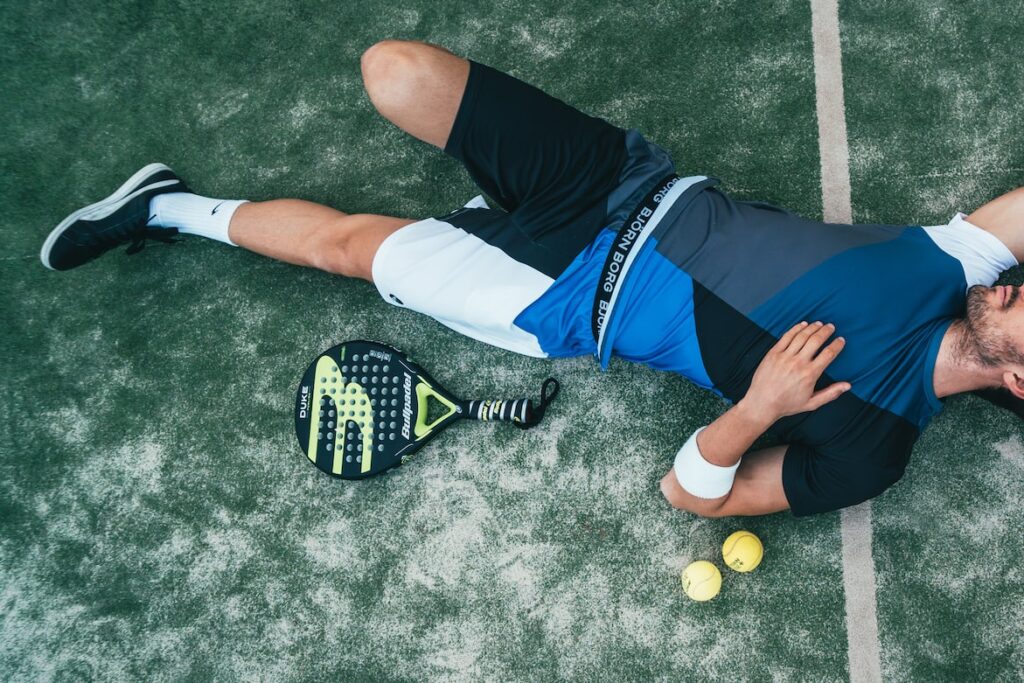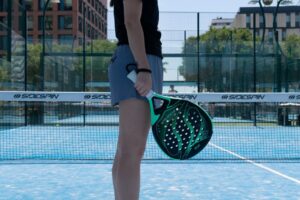Fouls and Faults in Padel: Understanding the Differences and How to Avoid Them.
3 min read
Fouls and Faults in Padel: Understanding the Differences and How to Avoid Them
Introduction
Greetings, fellow padel enthusiasts! Today, we’re going to delve into the intriguing world of fouls and faults in padel. Understanding the differences and knowing how to avoid them is essential for every player aiming to improve their skills and take their game to the next level. So, grab your racket and let’s jump right into it!
What is a Fault in Padel?
Before we dig deeper into the topic, let’s clarify what a fault actually is in padel. Simply put, a fault occurs when a player makes an illegal move, violating the rules of the game. These punishable actions can cost you valuable points and, worse, damage your chances of victory. So, it’s crucial to wrap your head around the most common faults and learn how to steer clear of them!
1. Foot Faults
One of the most common faults beginners tend to make is the dreaded foot fault. This occurs when a player steps into the court before or while making contact with the ball during their service. It’s worth noting that both feet must remain behind the baseline until the serve is completed. So, remember to keep those feet planted firmly and avoid giving away any precious points to your opponent!
2. Hitting the Ball Out-of-Bounds
As much as we’d love to deliver powerful shots that always find their target, occasionally we miss the mark. Hitting the ball out-of-bounds is a fault that not only results in losing the point but also grants your adversary an undeserved advantage. The key here is to focus on precision and control. Practice your aim, and with time, you’ll become a master at keeping those shots within the court’s boundaries.
3. Touching the Net
Oh, the net; it can be our best friend or our worst enemy in padel. While it’s perfectly acceptable for the ball to come into contact with the net during gameplay, touching the net with your body or racket is a big no-no. Doing so will promptly lead to a fault and, needless to say, some disappointed faces. Stay alert, maintain your balance, and avoid any unnecessary encounters with the net!
4. Obstructing the Opponent
Padel is a game of fairness and sportsmanship. Therefore, deliberately obstructing your opponent’s shot is considered a serious foul. Avoid crossing into your opponent’s playing area and respect their right to make a clean hit. Playing padel requires cooperation and respecting the boundaries of each player’s side of the court creates a harmonious and enjoyable game for all.
Conclusion
As we conclude our exploration of fouls and faults in padel, we hope you’ve gained valuable insights into how to avoid them. Remember, a fault in padel can be costly, both in terms of points and sportsmanship. So, strive to play the game fairly, respect the rules, and enjoy the exhilarating journey that this unique sport offers!
Now, armed with this knowledge, go forth and dominate the court! Master the art of avoiding faults, and may your game be faultless and formidable. Happy padel playing, my friends!







